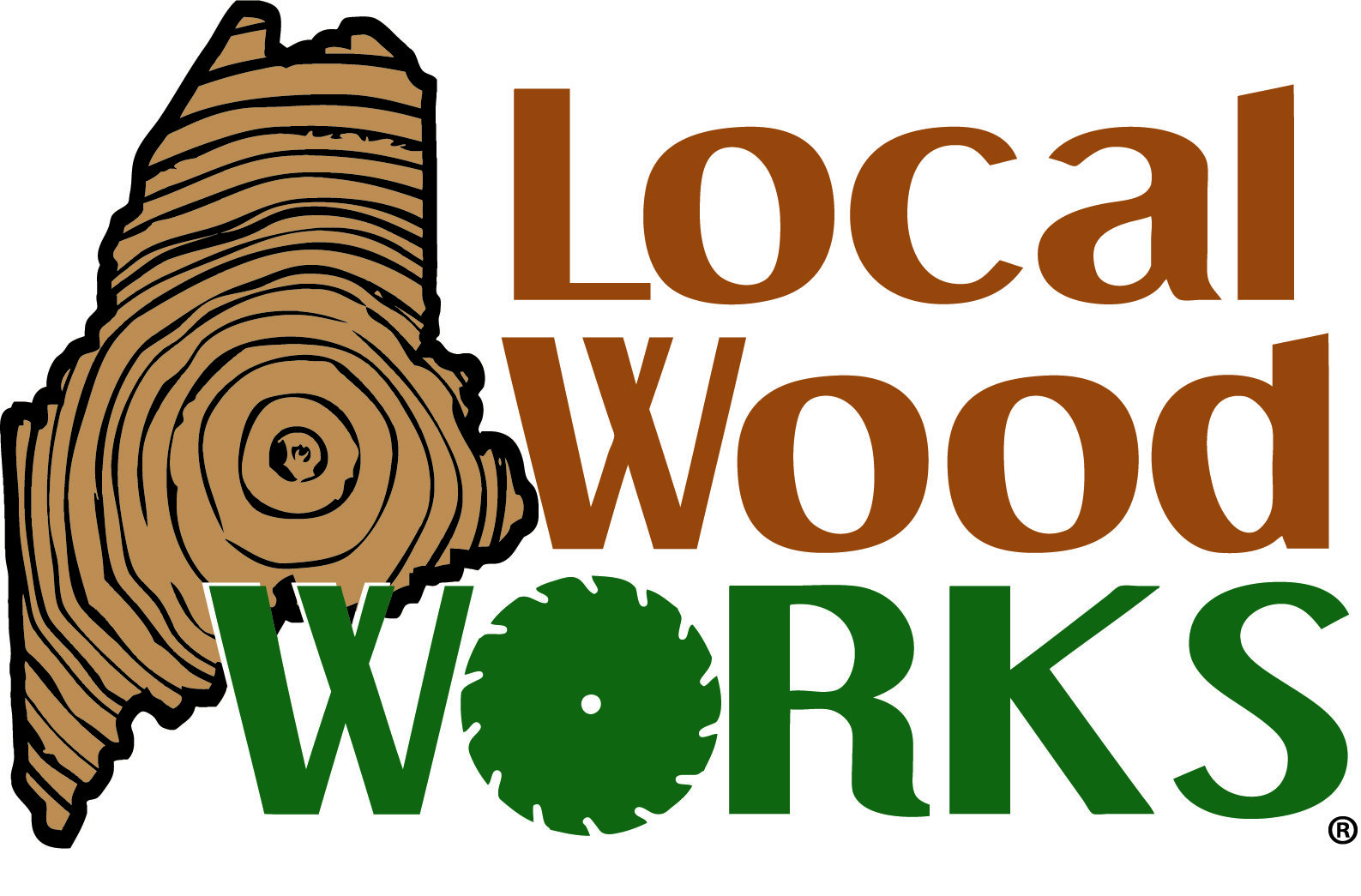Buy local (wood) to benefit New England forests
By Nicole St Claire Knobloch
Project leader Build It With Wood Initiative
New England Forestry Foundation
If you love New England forests, buying wood products from the region is a good way to help protect them. Just as the “buy local” movement has revived our town centers and brought new revenue to small family farms, buying New England-grown wood can bring value to forestland and protect it from development.
When people pay little attention to where their wood comes from, the result is a lot of it comes from elsewhere. It may be shipped from plantations in the southeastern U.S., which does little to protect Maine habitat for our wildlife or keep our drinking water clean. Worse, it may come from unsustainable harvesting in rainforests, which are sometimes called the “lungs of the planet” for their role in moderating global temperatures and creating precipitation. They also harbor most of the world’s biodiversity. From 1998 to 2008, the rainforests of Indonesia were devastated by consumer demand from the western world, leaving behind plantations for hardwood and palm oil. Intact rainforests there are almost gone.
One way to reduce forest devastation is to support local wood products, using consumer pressure to make sure it is harvested sustainably. This work is already underway: Nearly 59 percent of Maine forestland is now managed under a third-party green certification program, with water quality and soil erosion protections rising dramatically.
Our forest lands in Maine were once protected by single owners of large tracts. Timber companies and old-line families preserved tens, even hundreds of thousands of acres of forestland. More timber grew than was harvested every year, and provided habitat for our iconic and diverse wildlife species. In 2012, before the collapse of the pulp and paper industry, net growth in Maine forests exceeded harvest levels by 23 percent. But as forest products markets decline, companies sell off their land. As families age, and younger generations move away, there is pressure to sell off parcels to development, leaving our forestland increasingly fragmented. Development, not logging, is the forests’ real threat.
As is climate change. More edge environments create unhealthy forests, more exposure to drought and invasive species. And the loss of local forests cycles back on us, as we lose their protections in moderating temperature, sequestering carbon, filtering drinking water, and providing precipitation.
Forests managed for timber can also be managed for climate change – leaving larger trees while clearing space for new, carbon-thirsty saplings to continue to grow and store carbon, for example – and for local wildlife and riparian habitats, thinking about which tree species to leave and where. The timber that gets taken away continues to act as its own stable carbon sink, keeping the carbon in the wood out of the atmosphere.
If you love New England forests, if you want to take long Sunday drives during foliage season, go hunting in the woods, swim in clear streams, view wildlife, and enjoy marvelous hikes in the summer – if you care about having clean air and drinking water – support them by buying local. Wood, that is.

